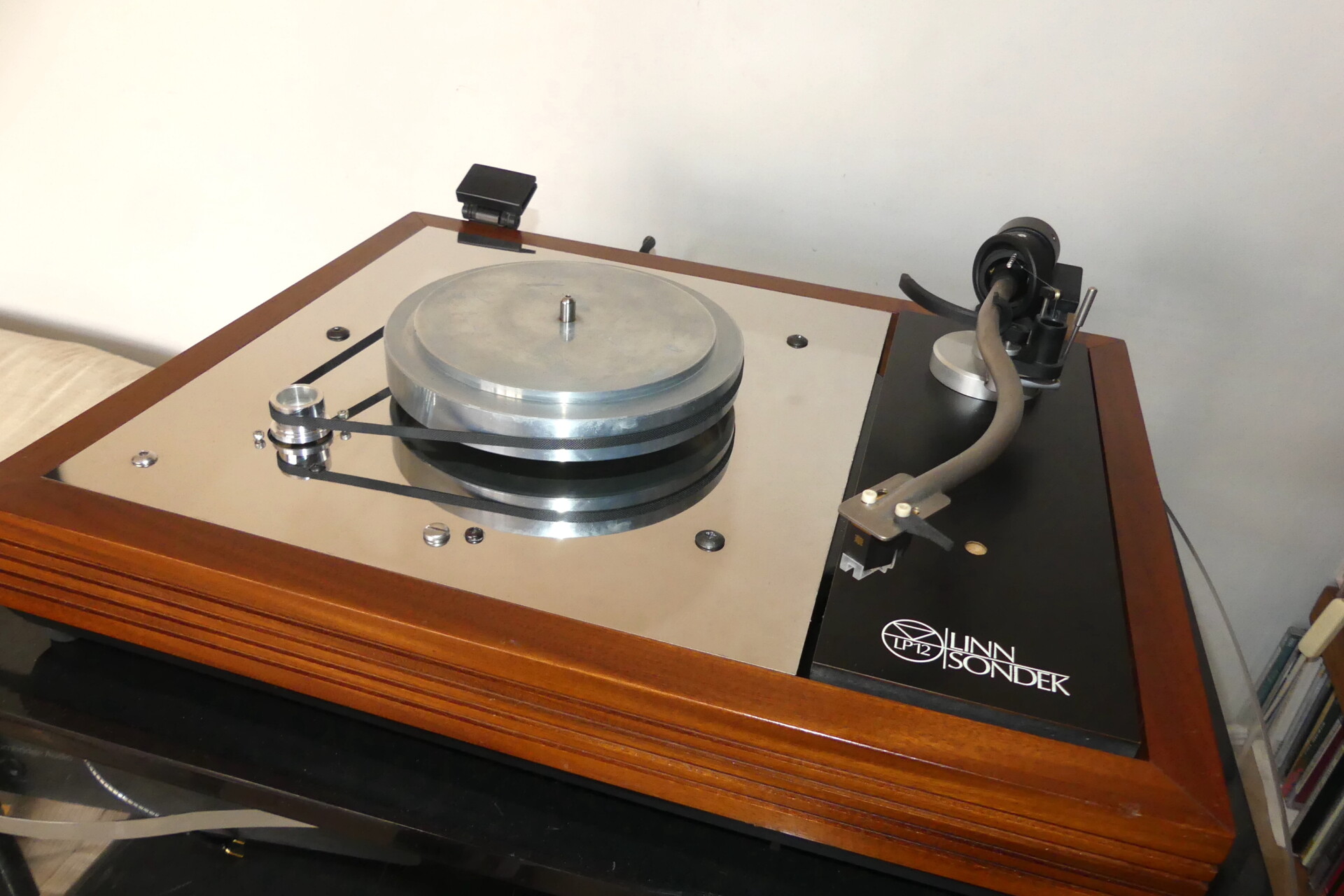Take the 2022 reworking of Max Richter’s The New Four Seasons [Elena Urioste soloist, Chineke! Orchestra, on DG]. This arrived a good while ago, well before the top-plate mods, and on first listen it definitely left me cold. This was skirting the edge of classical crossover territory, Vivaldi reimagined and recomposed, scored for period instruments and a (vintage) Moog synthesiser: but if anybody can do classical crossover and eschew the cheese, it’s surely Max Richter, so I reserved judgement (but it rarely got an outing on my turntable). With the new top plate, this is a whole new record, revealing a whole new performance. There’s a palpable sense of tension, and drama. The contrast between Moog and gut-stringed instruments; the layered, interwoven parts; the slightly off-balance rhythmic sections and the sheer energy positively leaps off the disc and into the room. The architecture of the music: the underlying structural elements, timing, harmonies, dynamics, are all now much more securely centred. I’ve played it three times in the last couple of days, not just to help my thoughts gel for this piece, but because it’s gripping; it has brought a fresh, vibrant feel to the old baroque warhorse.
The Steve Jackson top-plate succeeds on two different levels. It certainly seems to remove much of the ‘tweakery’ involved in set-up, while also maintaining greater long-term stability, eliminating the tendency to drift off tune over time. How much of that is structural/mechanical and how much down to the simple consistency of a flat plate relative to one that’s ‘bent to order’ is open to debate. But there’s little doubt that the new top-plate is a superior piece of engineering to my elderly original.

The musical benefit is, if anything, greater and certainly more immediately obvious. It lies in the way themusical elements cohere: all the fixed and spatial points in the composition fit together better, intersecting neatly and precisely, which enables the moving parts, the performers, their instruments, the dynamics, phrasing, timbres and so on, to be expressed more freely. That’s no small thing. It’s the very essence of larger, multi-player pieces – which might well explain the Flat-Earth’s affection for ‘girl ‘n’ guitar’ recordings. With the Jackson top-plate in place, my LP12 now delivers more of, more music, more of the time.
Hindsight is a wonderful thing and it makes me especially glad that I changed the ‘table’s top-plate first. Not only has it underlined just how fundamental an improvement the top-plate makes, it has clarified both what this elderly, stock LP12 ought to be capable of and where its weaknesses lay. I’m now in a far better position to move forward, understanding just what the sub-chassis/armboard change will bring to the party – and why. The deck has just gone back to Steve Jackson for the AcouPlex parts to be fitted. After living with the top-plate in situ, I’m even more impatient to hear what the new sub-chassis can do…
Prices and availability:
Steve Jackson top plate and motor mounting modifications –

